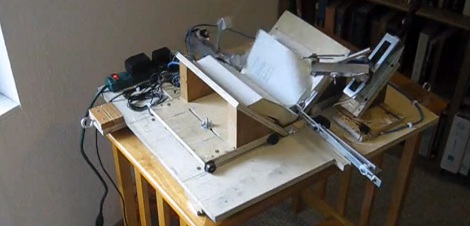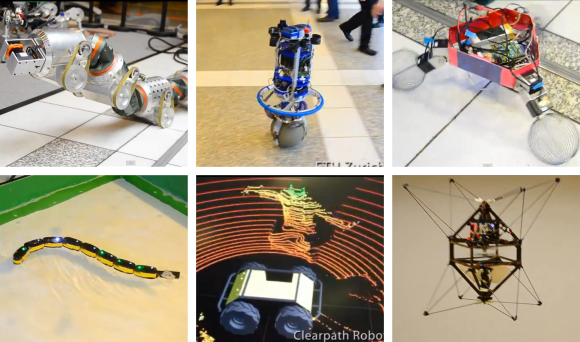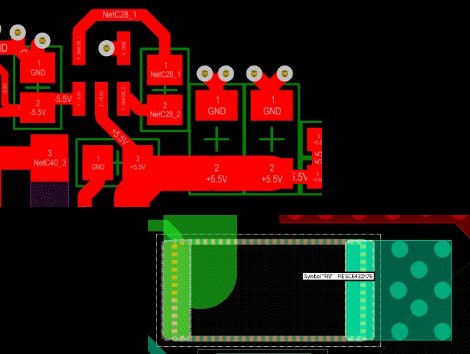
[Daniel] at diybookscanner.org posted a roundup of the best automatic book scanner builds to date. A lot of the comments on our last coverage of book scanners were summed up by [Spork] with, “No automatic page turning = no use.” Turning a page in a book with a robot is really hard, though, and these builds do a really amazing job at automating very tedious work.
First up is [jck57]’s servo actuated auto scanner. From the video, this build is very good and we caught it skipping only one page. Check out the video in action and the overview.
Next up is the Berlin Hackerspace c-base’s vacuum box scanner. The video shows a large diamond-shaped box with a vacuum cleaner hose attached to the top. The box is pressed down into the binding of the book where the vacuum picks up the next page. The build is a manual version of this very expensive machine, but does have the bonus of not poking a centuries-old book with robotic manipulators.
[dtic] was one of the first people to look into automatic page turning. His prototype (video here) uses servos, but has a very simple construction. The downside is that the book can only scan one side of the book at a time; to get other side, the user would have to turn the book upside down and scan it again.
Project Gado was an unsuccessful Kickstarter campaign whose goal was to develop a scanner to archive photos at Johns Hopkins University. The build used a vacuum-powered suction cup to lift pages onto a flatbed scanner. It’s a lot slower than some of the other builds, but we think there would be less of a risk of skipping a page.
As for processing the images captured by a digital camera, [Steve]’s book scan wizard handles a lot of the necessary post processing tasks. Converting everything to a PDF, changing the DPI, and putting all the pages in order can be done with [Steve]’s app. Download here.
Turning a page of a book is a very hard problem – books are designed for hands, not grippers. If you’ve got a book scanner build you’d like to show off, send it in on the tip line. We’ll be sure to put it up.



















